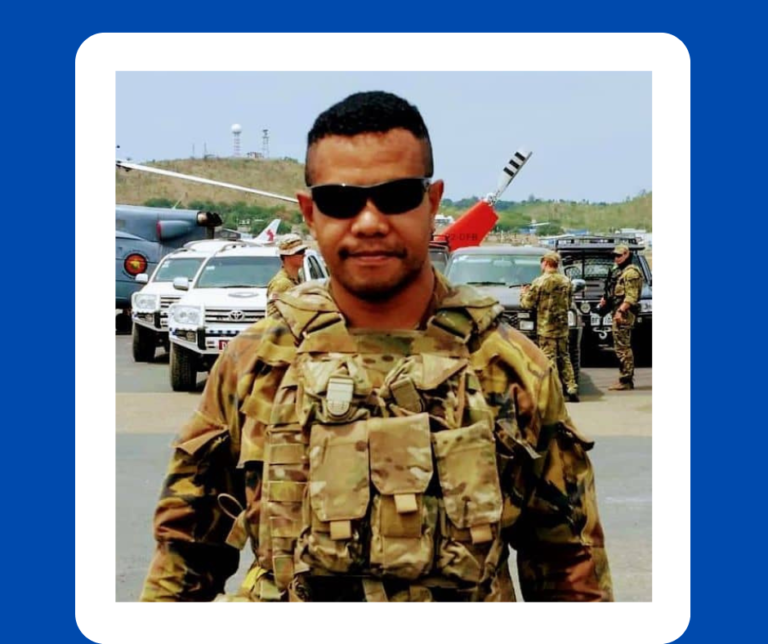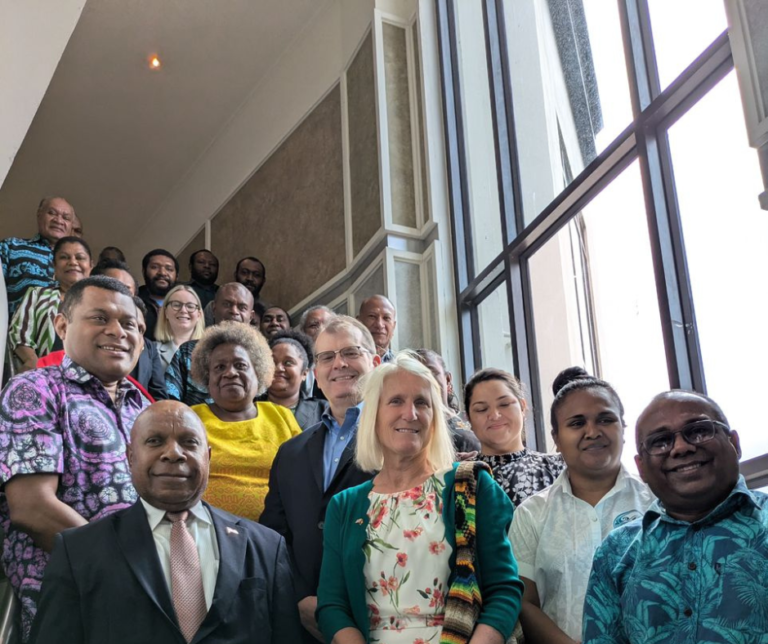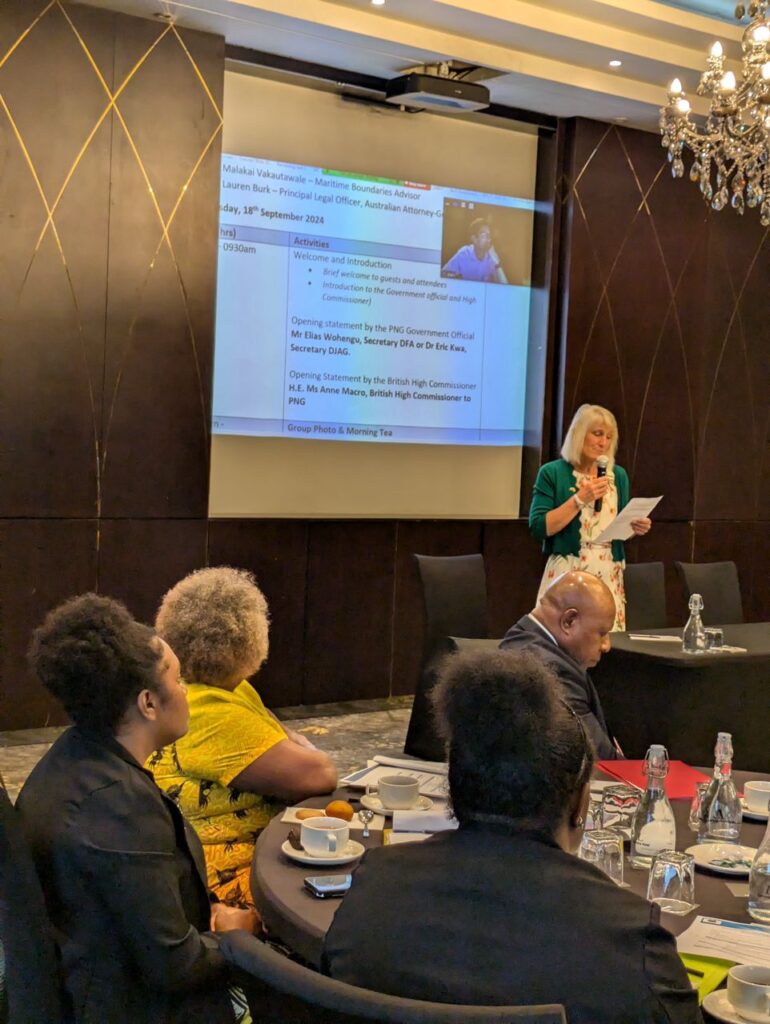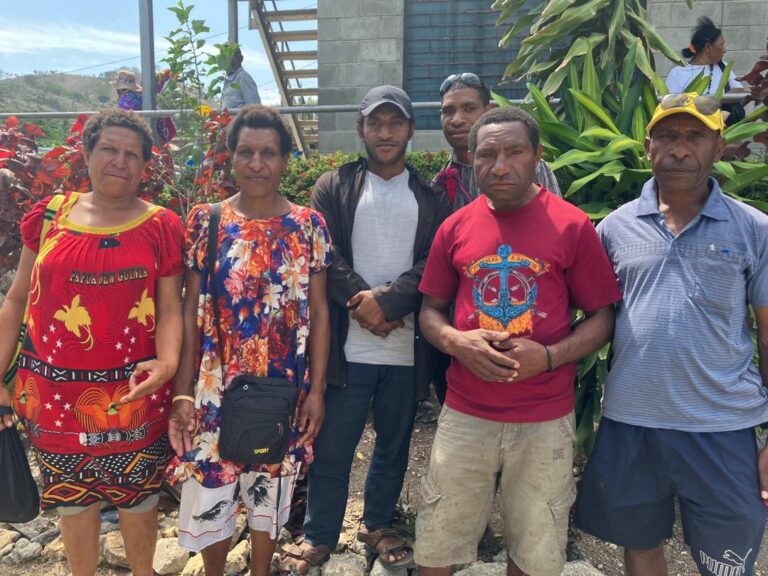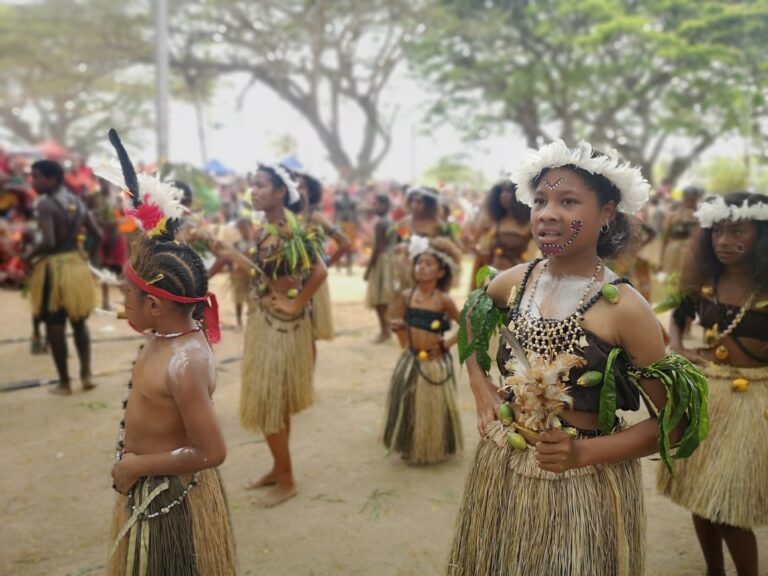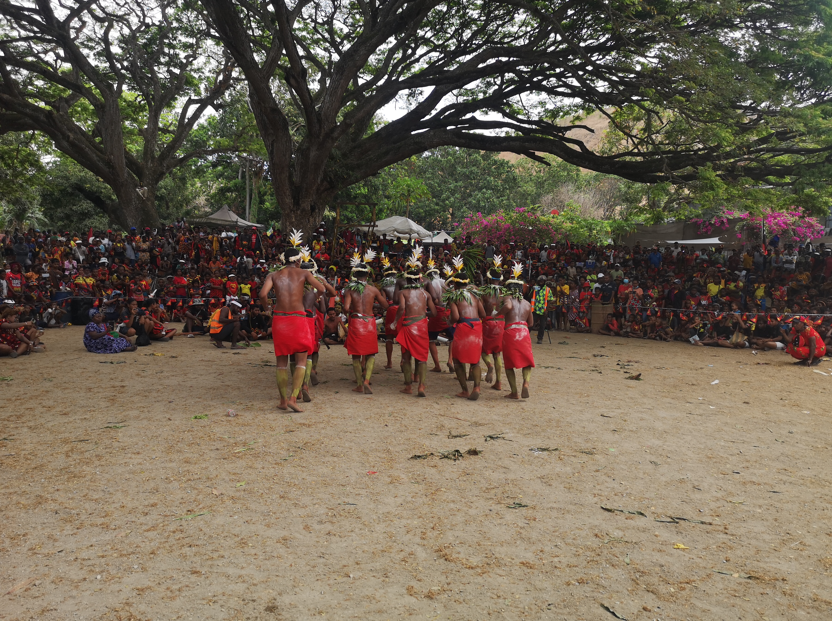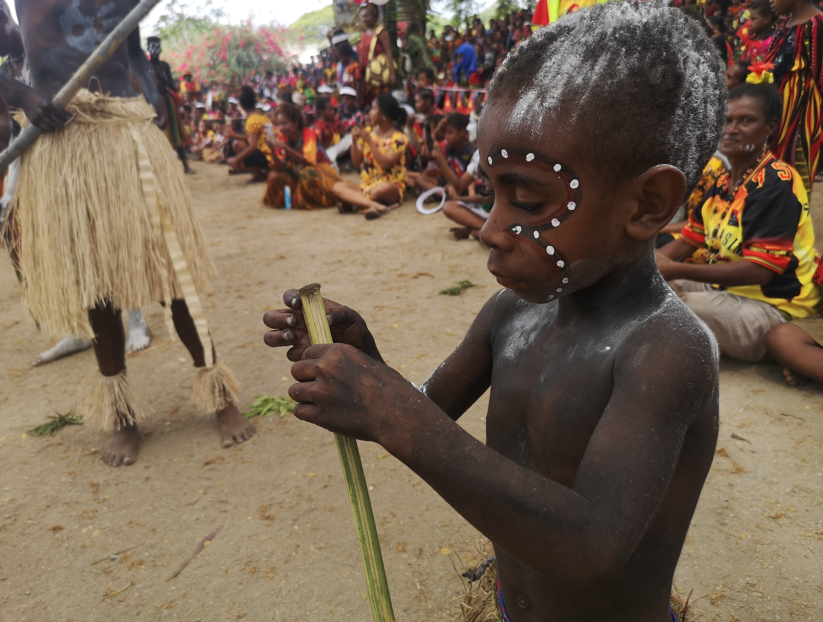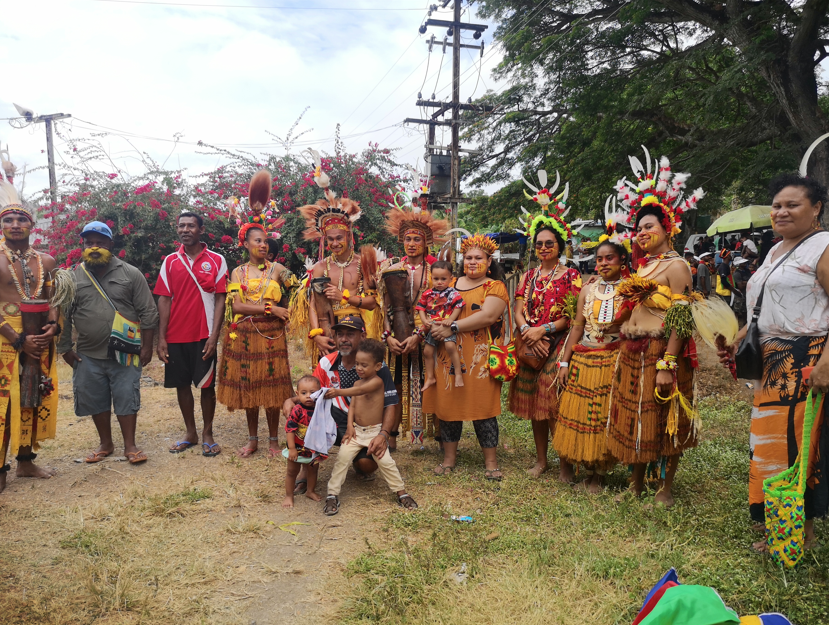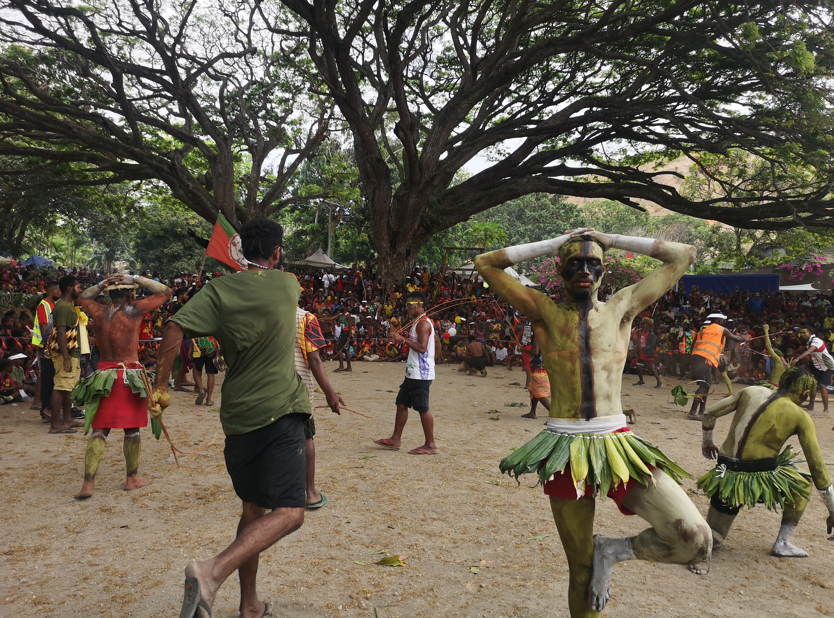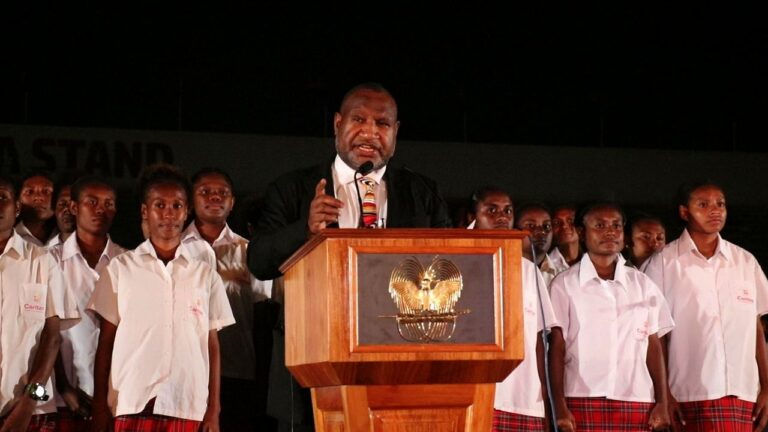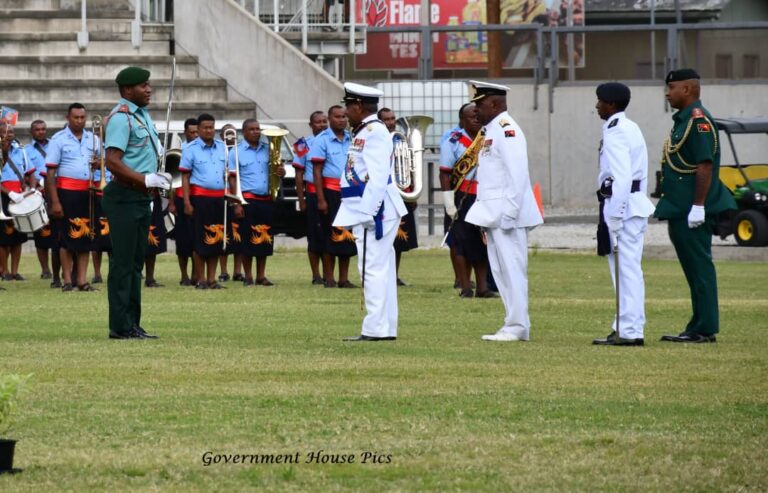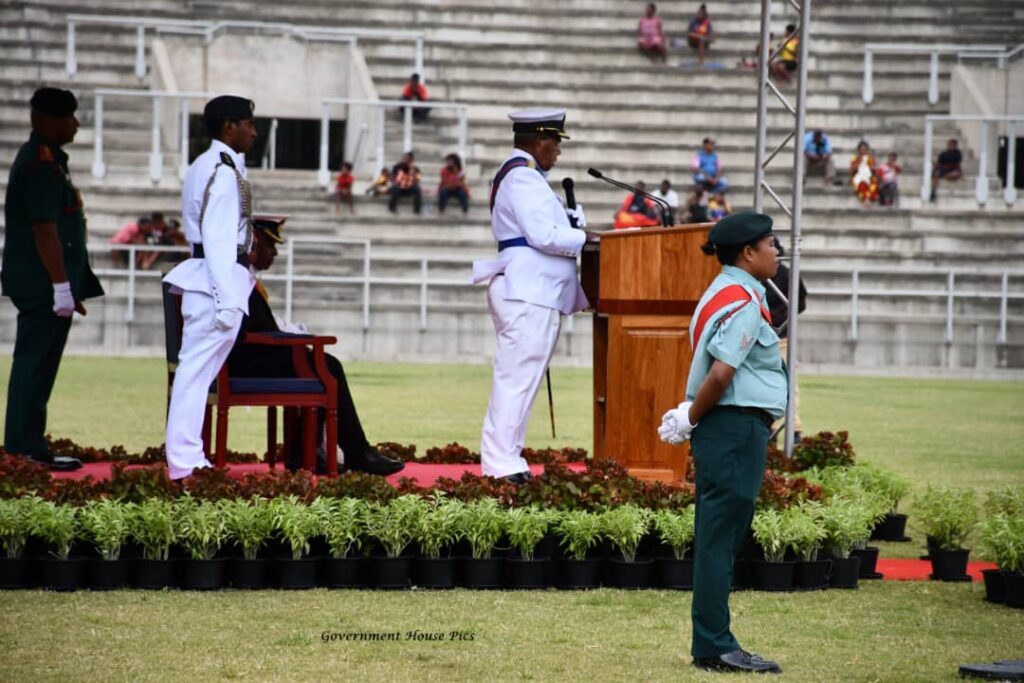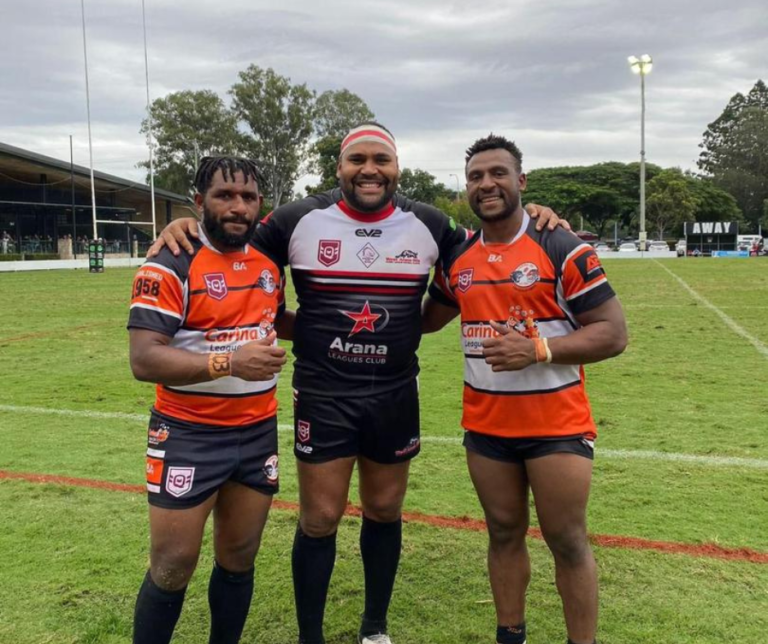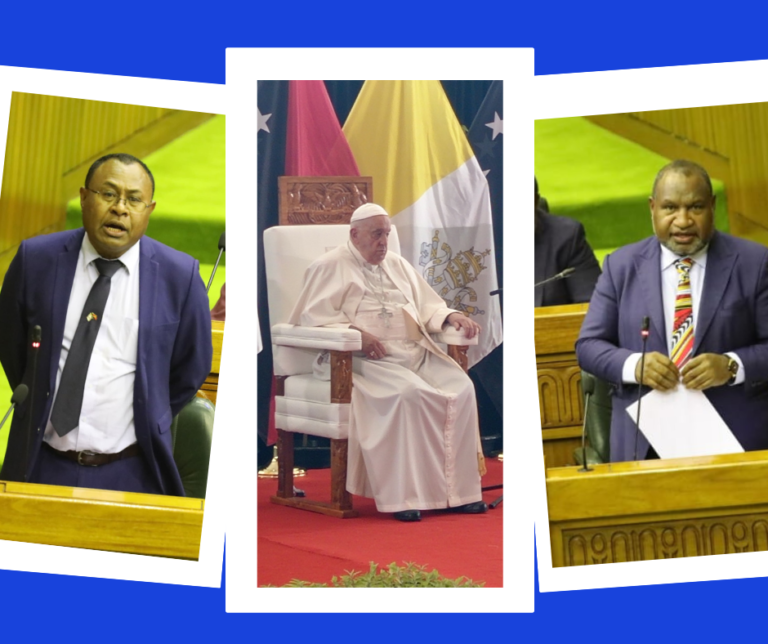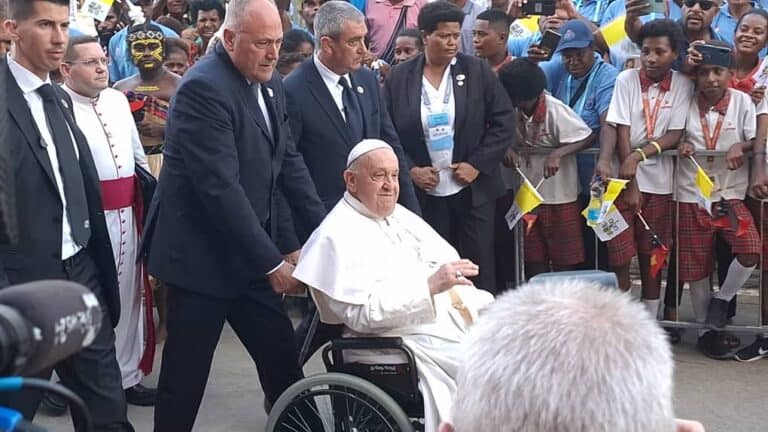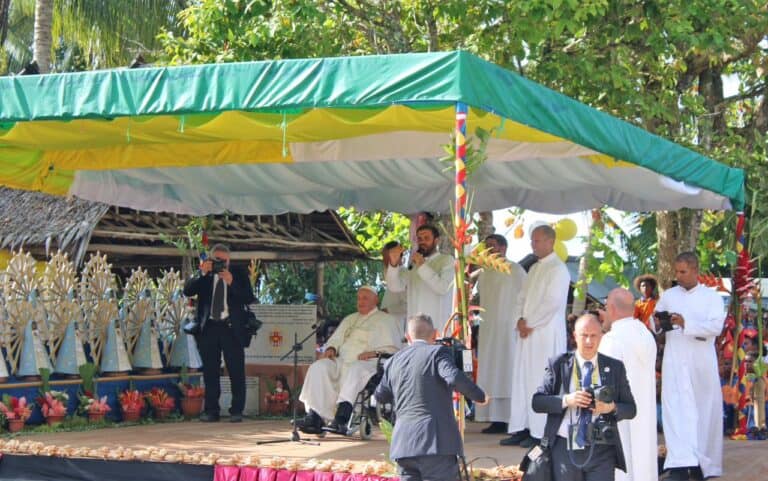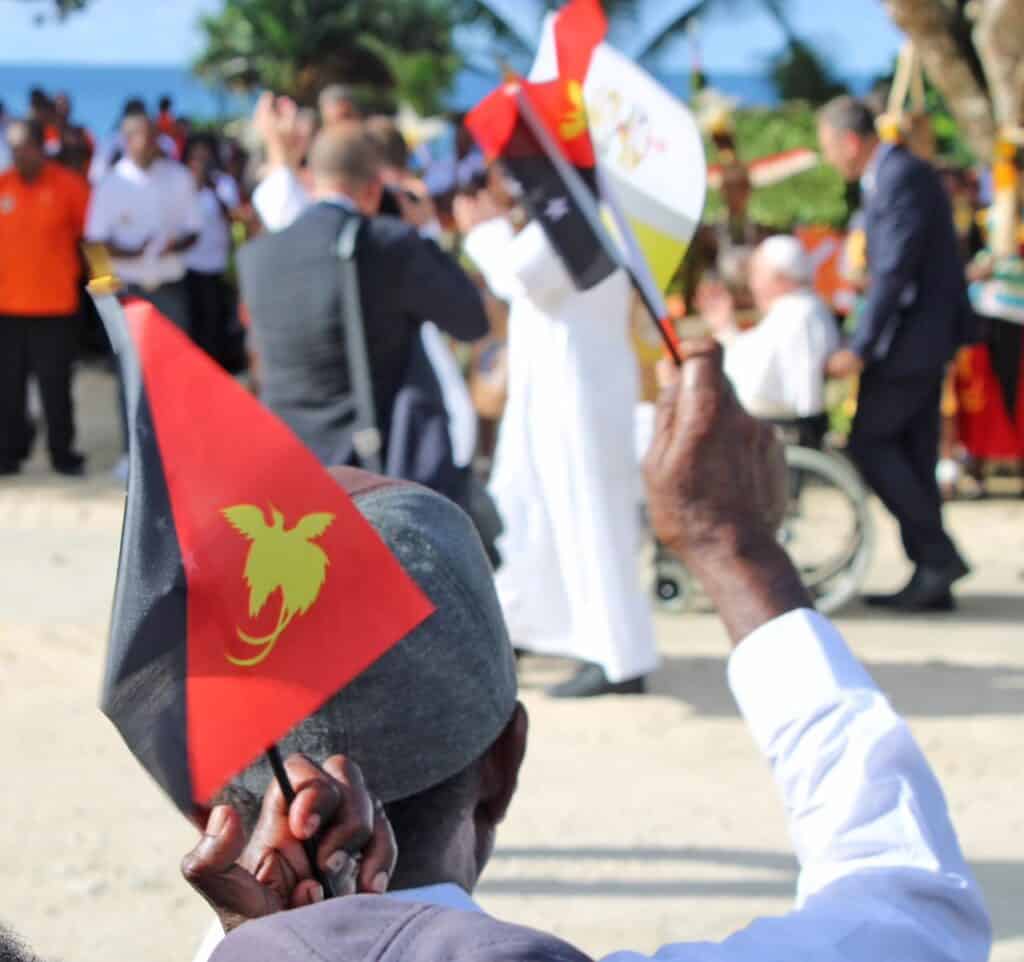Lieutenant Colonel Velmoore Kagena of the Papua New Guinea Defence Force has been selected as one of two representatives from Papua New Guinea to participate in the esteemed US-Pacific Rising Leaders Fellowship program. The program will take place in Washington, DC, from September 30 to October 18, 2024.
This fellowship, announced by the White House during the September 2022 U.S.–Pacific Island Country Summit, aims to empower mid-career public service professionals from Pacific Island nations.
The second cohort is set to welcome up to 32 participants to the Johns Hopkins School of Advanced International Studies (SAIS) for a three-week leadership development experience.
The fellowship is a collaborative effort between Johns Hopkins University and the U.S. Department of State.
Participants were chosen following a public call for applications and recommendations from regional governments and experts, with final selections made by a panel convened by Johns Hopkins University, in partnership with the Bureau of East Asian and Pacific Affairs and U.S. missions in the region.
Lt Col Kagena, who hails from Central Province, Gavuone Village in Abau, and Malati Village in Kanosia, expressed his enthusiasm for the opportunity.
“I decided to apply for the program after seeing the advertisement online,” he stated.
Currently serving as the Director of the Incident Response Group, he previously held the position of Officer Commanding of the Long Range Reconnaissance Unit. With 25-years of experience, he has excelled in various capacities in both training and operational roles, both domestically and internationally.
An accomplished military professional, Lt Col Kagena is a graduate of the Royal Military College of Australia.
His academic credentials include a Diploma of Personnel Management from the University of New South Wales, a Bachelor of Business and Management (Professional Studies) from the University of Papua New Guinea, and a Master of Military and Defence Studies from the Australian National University. He is also a recent alumnus of the Australian War College in Canberra and the Asia Pacific Centre for Strategic Studies in Hawaii.
Looking ahead, Lt Col Kagena is eager not only to explore Washington DC but also to enhance his professional military education and forge valuable connections with fellow participants, lecturers, and facilitators during the program.
This fellowship presents a unique opportunity for him to further his leadership skills and contribute to the development of effective public service in the Pacific region.
“Establishing networks and building mutual relationships with the other Fellows from the Pacific Islands countries to collaborate in addressing the complex security and development challenges faced by our respective countries in the Oceania region”, says Lt. Col Kagena.
As Papua New Guinea continues to strengthen its ties with global partners, Lt Col Kagena’s participation in this prestigious program underscores the nation’s commitment to fostering leadership and collaboration in the Pacific Island community.

